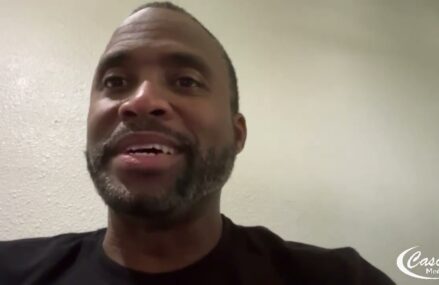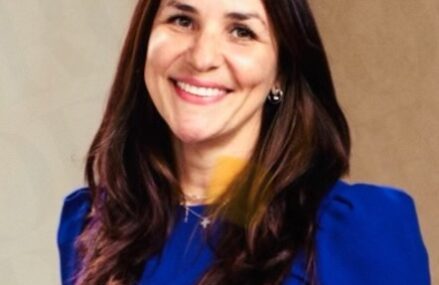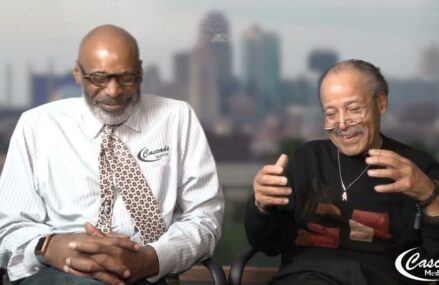By VICTOR L. SIMPSON
FILE – In this March 12, 1939 file photo, Pope Pius XII is being borne on his portable throne, the Sedia gestatoria, on his way to St. Peter’s Basilica at the Vatican. Watching Pope Francis in his first papal appearances, he too doesn’t look the type to be carried on a portable throne. After all, he used to take the bus to work as a cardinal back in Buenos Aires, and he eschewed the chauffeur-driven Vatican limousine when he made his first outing, using a simple Vatican car. Change comes slowly, hesitantly and inconsistently at the Vatican. (AP Photo)
VATICAN CITY (AP) — In one of his last major public appearances before his death, Pope Paul VI sat on a throne atop a platform carried on the shoulders of 12 men as he was brought into the funeral of assassinated Italian politician Aldo Moro at St. John Lateran Cathedral in 1978.
The basilica was crammed with Italian dignitaries shaken by the kidnapping and death of Moro at the hands of the Red Brigades terrorist gang, and I thought the frail pope looked uncomfortable as he was held aloft.
It was already an awkward situation for him.
He was under fire from the family who thought he didn’t do enough to save Moro despite having made a public plea “on my knees” for Moro’s freedom.
The royal trappings earned him no points.
During his 15-year pontificate, Paul had sought to modernize the Vatican, including getting rid of scores of Italian nobles from the papal “court” who had privileges dating back centuries, but he never did away with the portable ceremonial throne that was used by popes for special occasions for at least a millennium.
Change comes slowly, hesitantly and inconsistently at the Vatican.
Upon Paul’s death that August, the Venetian cardinal who succeeded him, Pope John Paul I, declined to use the throne at his installation, also eschewing the papal tiara.
But the new pope was later persuaded by advisers that he needed to be seen above the crowds. And in subsequent events he used the “sedia gestatoria,” as the throne is called.
It took the athletic 58-year-old Pope John Paul II to definitively get rid of the throne when he took over after John Paul I died after only 33 days as pope.
Watching Pope Francis in his first papal appearances, he, too, doesn’t look the type to be carried around on a fancy chair. After all, he used to take the bus to work as a cardinal back in Buenos Aires, and he declined the chauffeur-driven Vatican limousine when he made his first outing, using a simple Vatican car.
Until John Paul II, popes used what is known as the “royal we.” They never spoke publicly in the first person, using “Noi” (We) or “the pope” instead.
Initially, Vatican bureaucrats edited published versions of his speeches and spontaneous remarks to eradicate the offending “I.”
But eventually they gave in and stopped censoring their boss.
Pope Francis, in the very brief blessing to the world after his election Wednesday, used “Io” (“I”) six times.
Relations with the press have also been a tricky issue with the Vatican.
When I first started covering the Vatican in the 1970s, information was particularly scarce: The official spokesman was an Italian cleric, Monsignor Romeo Panciroli, who was nicknamed “Monsignore non mi risulta” (“Monsignor I have nothing on that.”)
Yet a new pope’s agenda always includes an audience with the media — and Francis is keeping up with the tradition.
John Paul I’s audience took place in one of the frescoed halls in the papal palace. After a brief speech by the pope only a chosen few — mainly Italians — were brought up to the pope for the “bacia mano,” the formal greeting during which Catholics kiss the pope’s hand.
After the audience was over, as the pope walked down the center aisle, other journalists reached out to shake his hand. Some even hoped to ask him a question. But Vatican aides and security whisked him away, never to officially meet with the press again. (Weeks later he was found dead by a nun in his bedroom.)
John Paul II was different. As soon as the speeches were over, he freed himself from his “protectors” and began shaking hands, randomly picking out members of the press.
Benedict held his first media audience in the modern Paul VI audience hall. The pope gave a perfunctory thank you to all the journalists in English, French and German, but failed to do so in Spanish, something for which the Spanish-speaking journalists never forgave him. A pre-arranged “bacio mano” with selected media notables followed. Next the pope turned his back on the hundreds of disappointed reporters and television operators — and was gone through a side-door of the audience hall.
It was the first sign that Benedict would never be comfortable with the press.
To Benedict, it turned out, the press was an unfortunate means for a necessary end — getting the church’s message out. Even then it was not always clear that he was sending out the right message: Early in his papacy, Benedict caused an uproar by quoting a Medieval Byzantine emperor saying that in Islam, “you will find things only evil and inhuman.”
By contrast, John Paul II, in his first years as pope, made the savvy step of bringing in Joaquin Navarro-Valls, then a Spanish newspaper correspondent, as his spokesman.
Things changed dramatically, even for a papacy that was good from the start at managing its message.
Navarro-Valls was always available, often willing to give inside information (In 1989, he hinted to me strongly that the pope would receive Mikhail Gorbachev — and the encounter happened in December of that year) and knew how to “spin” a story.
He even arranged a meeting with the pope at Rome’s foreign press club — something that’s impossible to imagine Benedict doing.
John Paul showed he had a mind of his own: At the press club, the pope glanced at the speech his Vatican handlers had prepared for him and said he wouldn’t give it because it was not want what he wanted to say.
Years later, Navarro-Valls tripped up on his own spin.
In 1996, John Paul was visiting Central America and was due to meet with Nobel Peace Prize laureate Rigoberta Menchu over breakfast before boarding a flight to Venezuela. Once on the plane, Navarro-Valls told reporters aboard that it was a fruitful meeting despite reports that she was hostile to the church.
He went through a list of the topics they discussed.
An hour into the flight, Navarro-Valls sent an aide to inform the press to forget Navarro’s briefing because the meeting never took place.
No explanation was ever given.
Francis showed he could work a crowd in his own first meeting with the media.
“Dear friends,” he began. “I’m delighted … to meet you.”
He then won the hearts of all of us journalists by referring to the grinding slog of covering a papal resignation followed by a papal conclave.
“You worked hard, eh?” with a charming laugh. “You worked hard!”
The audience went wild with applause.



